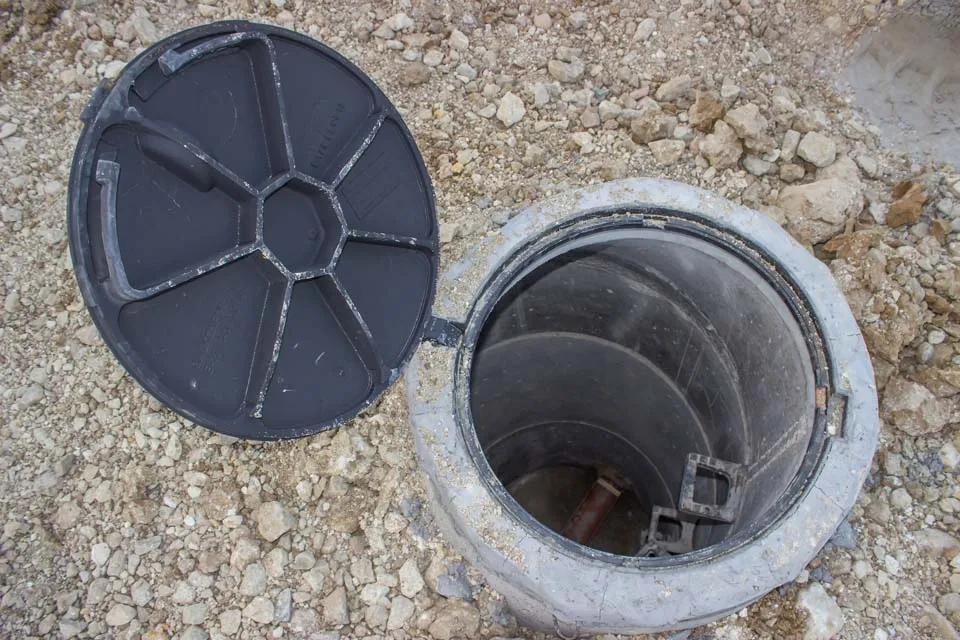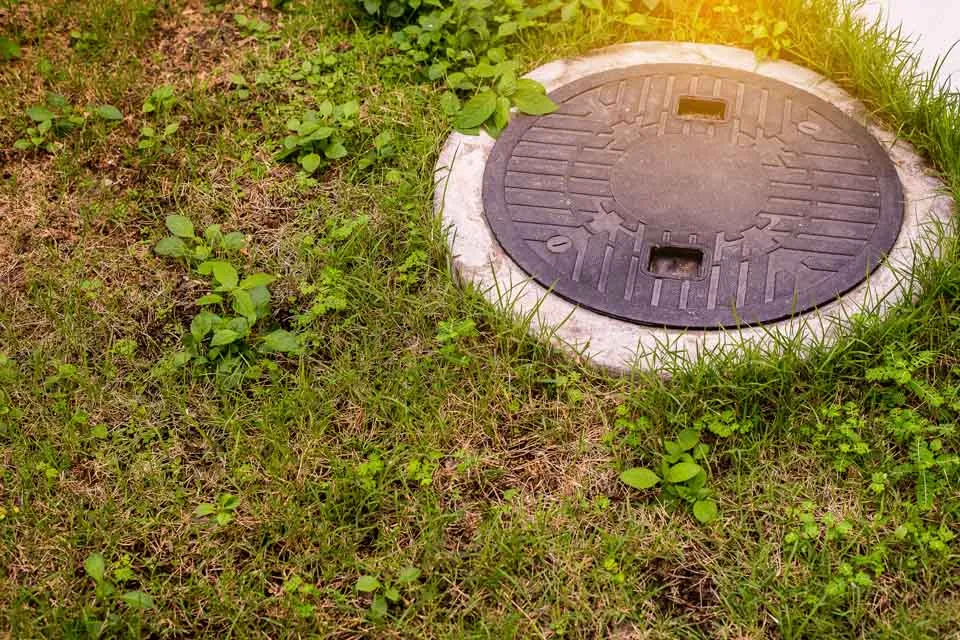How to Locate Your Septic Tank Without Digging Up Your Yard
If you’ve got a septic system, you know it’s not something you think about every day. But when the time comes for a septic tank inspection or pumping, the first challenge is often figuring out exactly where it is. For many Northern Colorado homes, especially rural properties like farms, ranches, and acreages, that can be tricky. The good news is you can locate your septic tank without tearing up your yard in the process.
Why knowing your septic tank location matters
Locating the septic tank ahead of time saves time, money, and headaches when it’s time for maintenance. If a pumping crew has to spend an hour guessing and digging, your bill will reflect that extra labor. More importantly, repeated unnecessary digging can damage landscaping, sprinkler systems, and even underground utility lines.

Start with the records
Your septic tank location isn’t supposed to be a mystery. In most counties, you can request installation records from the local health department. These often include a site plan showing the tank, drainfield, and distances from permanent structures. If you live on a rural property, the plan may be part of your original building permit or property sale documents.
Follow the plumbing
Inside your house, find where your main sewer line leaves. In most cases, this is in the basement or crawl space, leading out through the foundation wall. Outside, the tank will usually be in a straight line from that exit point, about 10 to 25 feet from the house. On large rural lots, it could be farther, especially if the installer wanted to place the drainfield in a specific area of soil.
Look for subtle yard clues
Even without digging, the ground can tell you where the septic tank might be. You might notice:
- Patch of greener grass that grows faster than the surrounding area.
- Slight dip or mound in the ground where the tank or lid sits.
- Concrete or plastic inspection caps just barely visible at ground level.
- Snow melt pattern in winter where heat escapes from the tank.
These clues are especially helpful on farms and ranches where the septic system might be far from the house and hidden by pasture or outbuildings.
Use a probe or metal detector
A soil probe lets you feel for the solid surface of a buried tank. Insert it into the ground gently to avoid damaging the tank lid or pipes. Some tanks have metal components or rebar in the lids, so a metal detector can sometimes help, although many modern lids are fiberglass or plastic. If you’re on acreage, this approach can save hours of wandering.

Call in the pros with electronic locating equipment
If the easy methods don’t work, professional septic services use electronic transmitters and receivers to pinpoint your tank. The technician flushes a small transmitter down a toilet, then uses a receiver to trace its location underground. This method works well when landscaping, hardscaping, or large property size makes visual clues unreliable.
Tips for rural properties
On farms and ranches, septic tanks are often placed farther from the home to accommodate large drainfields and avoid high-traffic areas for livestock or equipment. That means you may need to expand your search area well beyond the backyard. Keep an eye out for disturbed soil from old installations or spots where grass growth differs from the surrounding pasture.
It’s also smart to mark the septic tank location once you find it. A discreet stake, GPS pin, or even a note in your property file saves time for every future pumping or inspection.
Avoid common mistakes
- Don’t start digging at random. You could hit irrigation lines or utility cables.
- Don’t assume the tank is near a neighbor’s tank location. Every property is different.
- Don’t forget the possibility of multiple tanks on older or expanded properties.
When to get help
If you’ve tried the visual clues, checked the records, and followed your sewer line without success, it’s time to call a septic professional. They have the tools to locate your system quickly without unnecessary yard damage.
Making septic maintenance easier in Northern Colorado
Knowing exactly where your septic tank is located means faster service, less damage to your property, and fewer surprises when something needs repair. Whether you live in town or out on a wide-open ranch, a little detective work now saves a lot of trouble later.
If you need septic tank locating, inspection, or pumping anywhere in Northern Colorado, Sep-Tech Pumping has the right tools and know-how to get it done efficiently.

